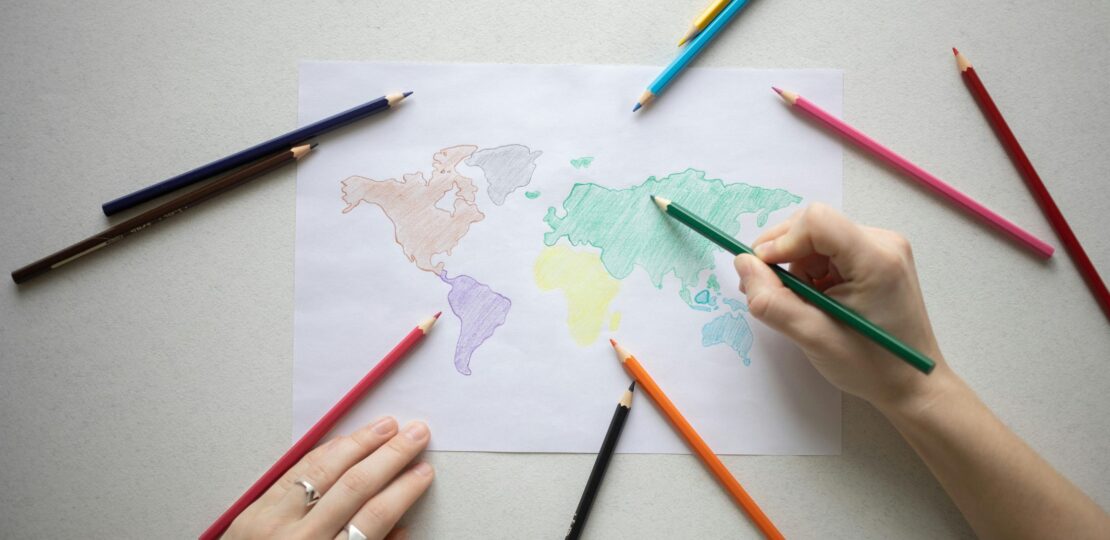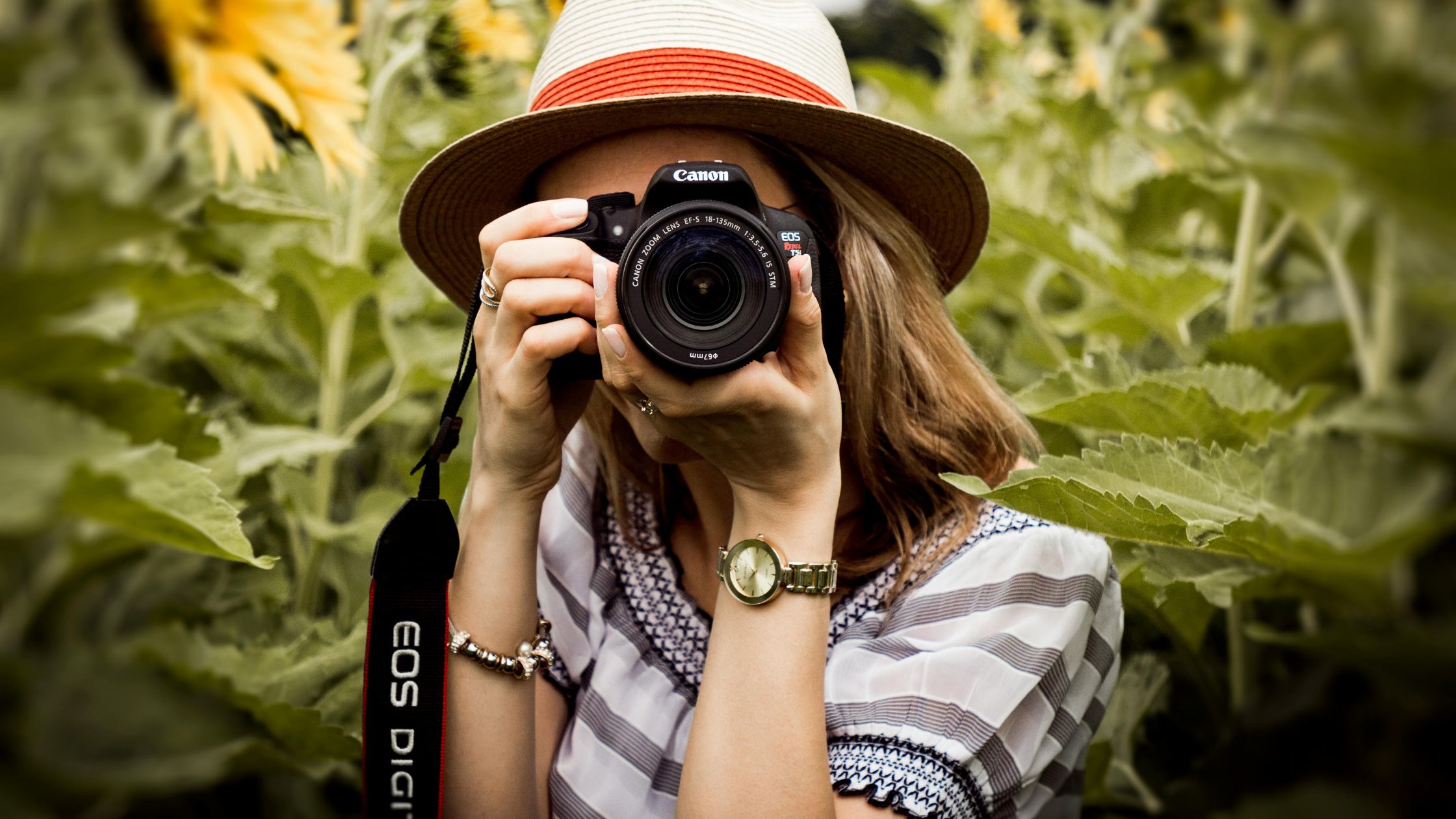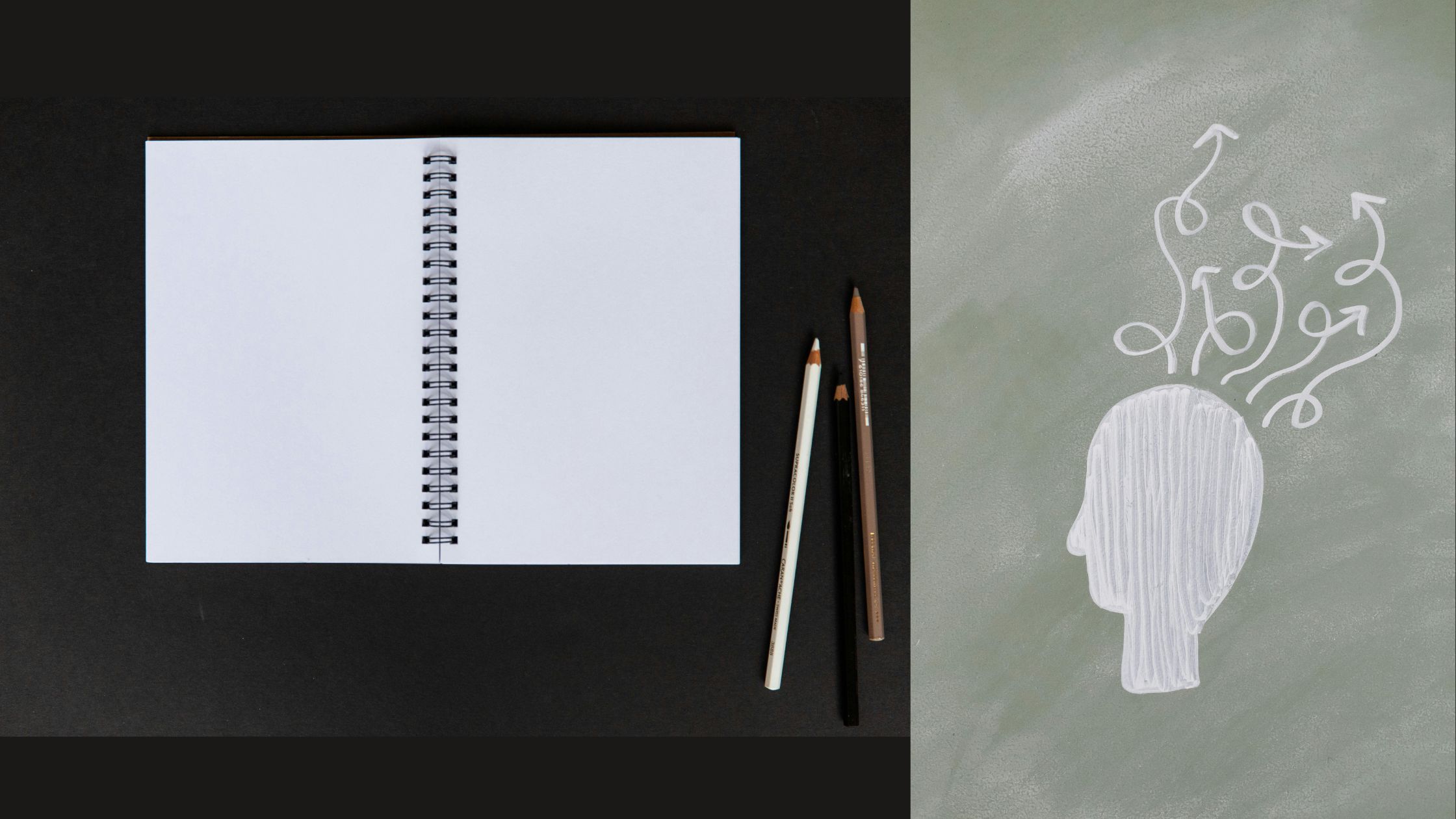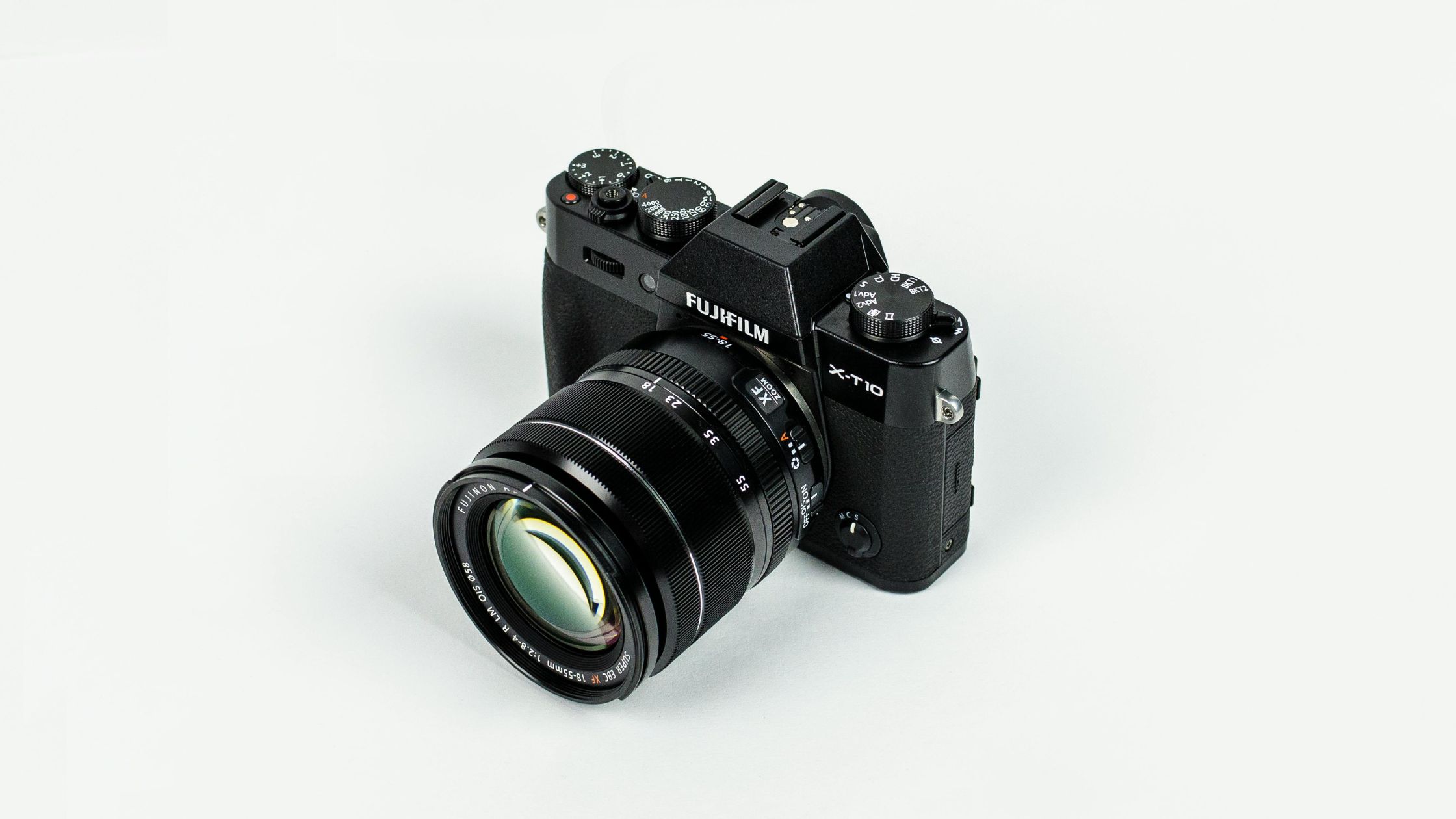

The Art of Drawing
Drawing is a fundamental form of artistic expression that has captivated humanity for centuries. It serves as a powerful medium for conveying emotions, thoughts, and ideas visually. Whether through traditional sketching on paper or modern digital tools, drawing enables individuals to create representations of their imagination, experiences, and surroundings. This expressive art form not only showcases creativity but also plays a crucial role in effective communication, allowing people to depict concepts that words alone may struggle to convey.
Debates surrounding drawing often center on the question of whether it is an inherent talent or a skill that can be cultivated through practice. Some individuals seem to possess a natural ability for drawing from an early age, effortlessly producing remarkable works of art. This observation leads to the perception that drawing is an innate gift bestowed upon a privileged few. On the other hand, many argue that drawing is a skill that can be developed with dedication, patience, and consistent practice. Numerous examples exist of individuals who have honed their drawing abilities through training and perseverance, indicating that artistic skills can flourish over time, regardless of one’s initial talent level.
Beyond its artistic merits, drawing holds significant therapeutic benefits. Engaging in drawing activities can offer a form of emotional release and self-expression, making it a valuable tool for mental health. Art therapy, which incorporates drawing among various other creative activities, has shown to alleviate stress, anxiety, and depression, contributing to overall well-being. As individuals immerse themselves in the act of drawing, they often find a sense of mindfulness and presence, facilitating a deeper connection between the mind and body.
Understanding Talent vs. Skill
When examining the relationship between drawing and artistic expression, it is crucial to distinguish between talent and skill. Talent is often perceived as an inherent ability, a natural propensity to excel in a specific area without the extensive training or practice typically required for proficiency. On the other hand, skill is developed over time through dedication, education, and continuous practice. This differentiation is essential in understanding the varying degrees of aptitude displayed by individuals engaging in the art of drawing.
For instance, one might encounter an artist who appears to possess a remarkable talent for capturing the human form with minimal effort. This person may seem to intuitively grasp the nuances of proportion, shading, and composition. This innate ability can be viewed as talent, which often serves as a foundation upon which further skills can be built. In contrast, there are numerous instances of individuals who, despite a lack of initial talent, have cultivated impressive drawing skills through years of practice and commitment. These artists demonstrate that, with perseverance, the complexities of drawing can be mastered without relying solely on inherent talent.
One prominent example involves the renowned painter Vincent van Gogh, who, despite facing numerous challenges and not being recognized for his artistic gifts initially, honed his skills through relentless practice and exploration of various techniques. His evolution as an artist exemplifies that skill can be developed even in the absence of innate talent. Similarly, contemporary artists often emphasize the hard work they dedicate to refining their craft, emphasizing that while talent might provide a head start, it is skill that ultimately shapes their artistic journey.
The Development of Drawing Skills
Drawing is a multifaceted skill that can be honed through various methods and practices. At its core, improvement in drawing hinges on consistent and dedicated practice. Regular engagement in drawing activities allows individuals to develop their hand-eye coordination and gain familiarity with different techniques and styles. Establishing a routine, such as sketching daily, can lead to significant progress over time, demonstrating that drawing is as much a disciplined endeavor as it is an innate talent.
A solid foundation in the fundamentals of art is crucial for anyone looking to enhance their drawing abilities. Understanding the basic principles such as proportions, composition, perspective, and shading can empower aspiring artists to create more compelling and realistic artworks. Numerous resources are available, including online tutorials, books, and workshops, that can help individuals grasp these essential concepts. This foundational knowledge paves the way for more advanced techniques, transforming the act of drawing into an analytical and skillful practice.
For those serious about developing their drawing capabilities, enrolling in drawing courses can be especially beneficial. Structured lessons can provide guidance, introduce new techniques, and offer opportunities to practice in a supportive environment. Instructors can also share insights that might not be immediately apparent to self-taught artists. The communal aspect of group classes can further motivate individuals, encouraging a spirit of collaboration and shared learning.
Finally, seeking constructive feedback from peers or mentors can be invaluable in the journey to improve one’s drawing skills. Critiques may highlight areas for growth that an individual may not recognize on their own. Embracing feedback and applying it leads not only to skill enhancement but also fosters resilience and adaptability. Through commitment and willingness to learn, anyone, irrespective of their initial talent, can cultivate their drawing skills effectively.
The Role of Intuition in Drawing
Intuition plays a pivotal role in the drawing process, influencing both the creation and the final result of an artwork. It serves as an innate guide that allows artists to tap into their subconscious, leading to spontaneous bursts of creativity. This intuition facilitates a unique form of expression, enabling artists to convey emotions and concepts that might evade traditional techniques. When an artist connects intuitively with their medium, the drawing transcends mere representation, becoming a personal narrative or exploration of deeper themes.
Many artists find that blending technical skill with intuitive expression enriches their drawings. While technical skill provides the foundation for capturing forms, shading, and perspective, intuition invites creativity into the mix. For instance, an artist may possess the technical expertise to render a life-like portrait; however, it is often the artist’s intuition that breathes life into the work, enhancing its emotional depth. This process encourages artists to embrace experimentation and, at times, to deviate from strict adherence to realism, thereby yielding more authentic and impactful outcomes.
Furthermore, intuition empowers artists to respond to their surroundings in a uniquely personal manner. A drawing created through this lens can capture distinct emotions and atmosphere, offering viewers a glimpse into the artist’s psyche. The balance between technique and intuition fosters an environment where creativity flourishes, ultimately leading to artworks that resonate on multiple levels. By recognizing and nurturing the role of intuition in drawing, artists can enhance their artistry while also enjoying the therapeutic benefits of creative expression, resulting in a rewarding artistic journey.
The Connection Between Drawing and Mental Health
Engaging in drawing has been recognized for its therapeutic benefits, particularly in the realm of mental health. It serves as a powerful medium for self-expression, enabling individuals to articulate their emotions in a visual format. This artistic form of communication allows for a deeper understanding of one’s inner feelings and thoughts, which can often be challenging to convey through words alone. Drawing, therefore, can act as a safe space where individuals can explore their emotions, leading to significant psychological relief.
Many studies have demonstrated the positive relationship between artistic activities like drawing and mental well-being. For instance, research has indicated that individuals who regularly engage in creative activities report lower levels of anxiety and depression. The act of creating art promotes mindfulness, a state of active, open attention to the present moment. This mindfulness aspect encourages individuals to focus on the process rather than the outcome, fostering a sense of relaxation and tranquility.
Moreover, drawing can serve as an emotional release. When people express their feelings through art, they often experience a cathartic effect, which can lead to reduced stress and enhanced mood. Anecdotal evidence suggests that individuals dealing with trauma or emotional struggles find solace in drawing, as it offers a non-verbal outlet for their experiences. Consequently, not only does drawing provide enjoyment and fulfillment, but it also contributes to healing and recovery.
In addition to individual benefits, group drawing activities can foster social connections and a sense of community, further enhancing mental health. By sharing their artwork, participants can engage in meaningful dialogues, validating each other’s experiences, and confronting shared challenges. This communal aspect underscores the multifaceted psychological benefits of drawing, highlighting its significance as not just an art form, but a crucial tool for mental health improvement.
Drawing as a Stress-Relief Tool
Drawing serves as a powerful mechanism for stress relief, offering individuals a creative outlet to express emotions and thoughts that may be otherwise difficult to communicate. Engaging in drawing allows individuals to divert their attention from stressors and immerse themselves in a calming activity. Mindful drawing, for instance, encourages focusing on the act of creation, which can facilitate relaxation and mindfulness. By paying attention to the movements of the hand and the sensations of the materials, individuals can enter a meditative state that reduces anxiety.
Art journaling is another effective technique. This practice involves combining drawing with writing, allowing for a rich exploration of feelings and thoughts. In a structured way, individuals can document their experiences and emotions through sketches, cartoons, or abstract forms while simultaneously writing reflections. This dual approach can enhance self-awareness and promote emotional healing, making it a vital practice for stress management.
Doodling is also an accessible form of drawing that provides significant stress relief. It requires minimal supplies and can be done almost anywhere, making it a practical option for daily routines. Engaging with simple shapes and patterns, individuals can free their minds from the weight of stressors while also promoting creativity. This spontaneous form of expression requires less pressure for perfection, making it an ideal method for rejuvenating the mind during busy or stressful periods.
To incorporate drawing into daily routines, individuals can set aside a few minutes each day for this practice. Starting with short sessions can ensure that this therapeutic activity becomes a habit without overwhelming the individual. Setting specific times for art journaling, mindful drawing, or doodling can help in creating a calming ritual that not only mitigates stress but fosters a deeper connection to oneself. By making drawing a regular part of one’s life, the therapeutic benefits can contribute significantly to overall well-being.
Case Studies: Real-Life Benefits of Drawing
Drawing has emerged as a powerful therapeutic outlet for many individuals grappling with mental health challenges. One compelling case study involves a woman named Sarah, who dealt with chronic anxiety for years. After attending a community art program that emphasized drawing, Sarah discovered that the act of creating helped to calm her racing thoughts. She reported that when she drew, her mind shifted focus from her anxious feelings to the creative process, allowing her to express herself in ways she hadn’t thought possible. Sarah’s journey illustrates how drawing can function as an effective coping mechanism, offering a break from mental and emotional turmoil.
Another inspiring example is that of Michael, a young man who faced depression following a major life transition. Michael found solace in sketching landscapes, which served as an escape from his feelings of despair. Through drawing, he was able to externalize his emotions, transforming them into visual narratives on paper. This therapeutic activity provided him with not just a distraction, but also a sense of accomplishment. His experience sheds light on how drawing can enhance emotional resilience, providing individuals with a means to process their feelings creatively.
Moreover, a group of art therapy participants shared their testimonials, illustrating the collective benefits derived from drawing. Many reported reductions in stress levels and improved mood after engaging in drawing sessions. Participants felt that drawing not only served as a visual expression of their inner selves but also fostered a sense of community and connection with others in similar situations. This camaraderie, coupled with the therapeutic act of drawing, created a supportive environment conducive to healing. By documenting these real-life benefits, we underscore the transformative power of art in mental health.
How to Get Started with Drawing for Stress Relief
Embarking on a drawing journey can be a transformative experience, especially for those seeking to alleviate stress. To begin, one must gather the necessary materials. Choose basic supplies such as pencils, erasers, and sketchbooks. The quality of materials can vary, but for beginners, affordable options are perfectly acceptable. As one’s skills develop, you might explore colored pencils, charcoal, or ink to expand the artistic repertoire. It’s beneficial to keep your tools organized and accessible to encourage spontaneous creativity.
Finding inspiration is crucial for sustaining a drawing practice. Nature often serves as a remarkable source of inspiration; consider drawing landscapes or observing the intricate details of plants and animals. Alternatively, still life compositions featuring household items or personal mementos can also ignite creativity. Online platforms, such as social media or art-specific websites, provide a treasure trove of ideas, often showcasing the work of fellow artists. Engaging with these communities can also enhance motivation while drawing through shared experiences and constructive feedback.
Establishing a regular drawing practice is essential in fostering relaxation and enjoyment. Designate a comfortable, quiet space for your drawing sessions, ensuring minimal distractions. Start with brief, focused sessions, perhaps dedicating just 15 to 30 minutes daily. Gradually, as confidence builds, you can increase the duration. Allow yourself to experiment and explore various styles; remember that art is a personal expression and does not demand perfection. Embrace mistakes as part of the learning curve, letting go of judgment to genuinely connect with the therapeutic benefits of drawing.
Conclusion: Embracing the Journey of Drawing
In the exploration of whether drawing is a skill or a talent, it becomes evident that the answer encompasses elements of both. Drawing can be seen as an innate ability, an inherent talent that allows individuals to express their creativity through visual mediums. However, it is equally important to recognize that drawing is a skill that can be cultivated and refined through consistent practice and dedication. The interplay between natural talent and developed skills paints a comprehensive picture of the artistic journey.
The therapeutic benefits derived from engaging in drawing cannot be overstated. Numerous studies have highlighted how art, including drawing, serves as a powerful outlet for emotional expression and mental well-being. Whether one is a seasoned artist or a beginner, the act of creating can facilitate relaxation and provide a mental escape from daily stressors. Engaging in drawing encourages mindfulness, as it allows individuals to focus on the moment and the creative process, fostering a sense of accomplishment and joy.
As individuals embark on their unique paths in drawing, it is essential to embrace the journey with an open mind and heart. There will undoubtedly be challenges and setbacks along the way; however, these experiences contribute to personal growth and artistic development. Learning to appreciate progress, rather than perfection, enables artists to enjoy their creative endeavors fully. Whether drawing for personal enjoyment or as a therapeutic practice, the act of creating art can enhance well-being and enrich one’s life.
Ultimately, embracing the duality of drawing as both a skill and a talent sets the stage for a fulfilling artistic experience. Encouraging readers to explore their creativity through drawing opens doors to self-discovery, emotional release, and a profound connection to the art-making process. Everyone has their unique story to tell through drawing, and the importance of that journey should be celebrated.
- 【Professional Complete Artist Drawing Supplies Sketching Kit】Professional and Complete drawing set comes with a 100 Shee…
- 【All in one Art Kit】The Premium drawing pencils set includes 12 graphite pencils, 12 colored pencils,12 watercolor Penci…
- 【Extra Large Art Sketch Kit Drawing Set】These Professional art kits also include 1 sandpaper block, 1 pencil extender,1 …
RELATED POSTS
View all





